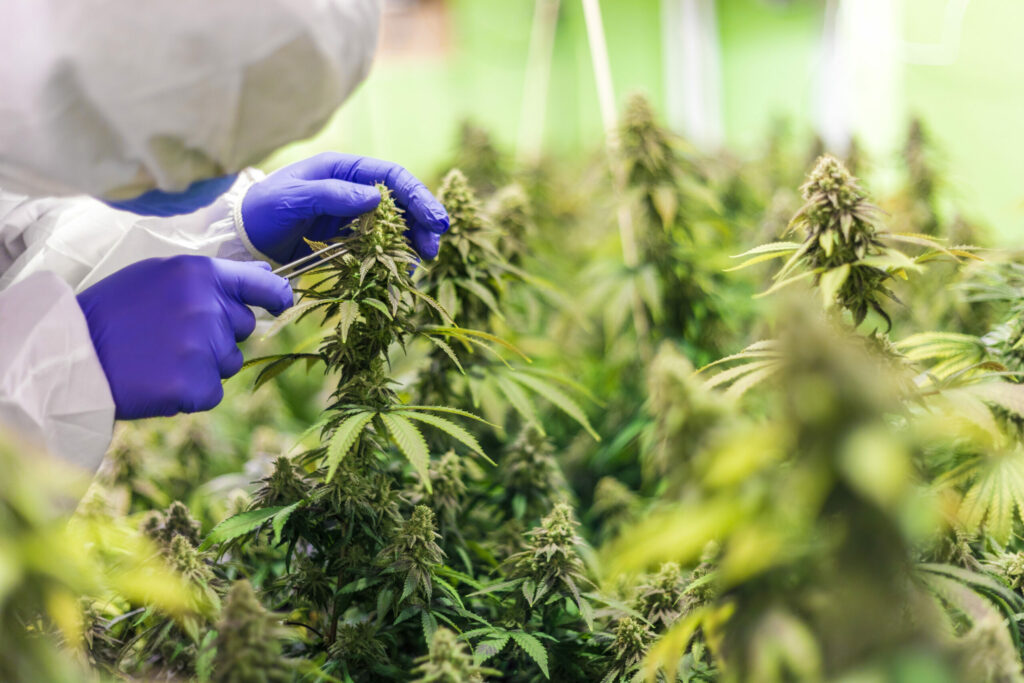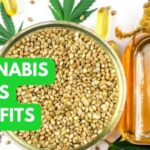
What Makes Cannabis Cannabis?
New research has revealed the importance of an oft-overlooked influence on the aroma of cannabis flower and the physiological effects of consuming it: cultivation. While genetic differences between cultivars are typically thought to shape the user experience, variations in terpene and cannabinoid profiles can be significantly impacted by the conditions under which the plant is grown.
A Cultivation Experiment
Published in January 2023, a Molecules1 study was performed by researchers at Columbia University along with three independent Northern California cannabis companies. To learn more, the researchers grew six genetically identical commercial plants from two different cultivars, Red Velvet and Cheetah Piss, with three of each outside and three inside.
At harvest, the researchers selected flowers from the upper third of the plants with similar morphology and size. They then used gas chromatography with mass spectrometry (GC-MS) to evaluate terpene composition, and ultra-performance liquid chromatography plus mass spectrometry (UPLC-MS) to measure cannabinoids.
Terpene Diversity
The researchers discovered significant differences between indoor and outdoor samples on both fronts. Outdoor samples had “remarkably higher levels” of limonene, β-myrcene, β-caryophyllene, α-humulene, α-bergamotene, α-guaiene, and germacrene B in both cultivars — but especially in Red Velvet, where the predominant outdoor terpene was a sesquiterpene called selina-diene, which is not among those required to be reported on by certified testing labs in California.
Outdoor cannabis samples had a greater diversity of terpenes compared to indoor cannabis from the same genetic stock.

Findings around the primary “intrinsic” cannabinoids revealed levels of cannabigerolic acid (CBGA) and CBDA (cannabidiolic acid) were relatively similar between indoor and outdoor plants, while cannabichromenic acid (CBCA) appeared slightly higher in the outdoor plants and tetrahydrocannabinolic acid (THCA) slightly lower, especially in Red Velvet. The outdoor plants did produce more tetrahydrocannabutolic acid (THCBA), a derivative of THCA that also possesses psychoactive properties and may elicit less anxiety.
A clearer difference between indoor and outdoor plants emerged relative to the oxidation and degradation products of the four primary cannabinoids — “extrinsic” cannabinoids such as cannabinol (CBN), cannabielsoic acid (CBEA), cannabicitran (CBT) isomer 1, and others — which were significantly amplified in the indoor samples.
Sunshine!
The study reveals that certain conditions associated with outdoor growing may be favorable to terpene production, protective of cannabinoid degradation, and inclined toward a slightly different, though not necessarily less desirable primary cannabinoid profile. Asking not only what a given cannabis flower’s genetics are, but also how it was grown, can be important to understanding its effects and properties.







